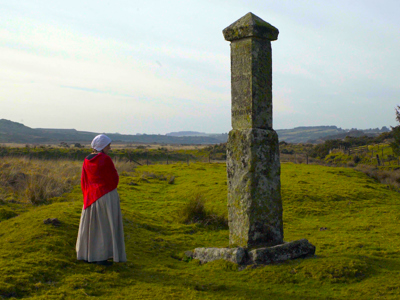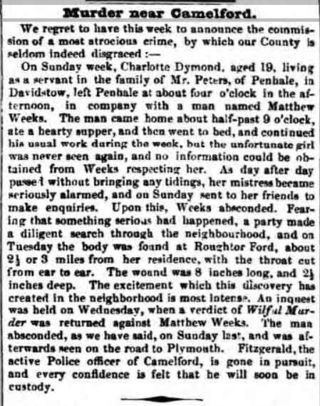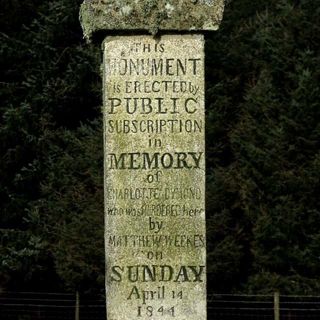
The Murder of Charlotte Dymond: A Tale of Love, Betrayal, and Justice at Bodmin Jail
8th Apr 2025
On a desolate April day in 1844, the body of 18-year-old Charlotte Dymond was discovered on the remote and rugged Bodmin Moor.
What followed was a scandalous trial, a public frenzy, and the execution of her accused killer, Matthew Weeks. This tragic story of love, betrayal, and justice remains one of Cornwall’s most infamous cases—and one that still haunts Bodmin Jail today.

A CRIME THAT SHOCKED CORNWALL
Charlotte Dymond, a dairy maid, had been brutally murdered near Rough Tor, her throat slashed in what many believed to be a crime of passion. Suspicion quickly fell on Matthew Weeks, a fellow farm worker and her supposed suitor. The evidence against him was damning—Charlotte was last seen alive in his company, and his erratic behaviour following her disappearance only fueled public suspicion. The trial at Bodmin Assizes was swift, the courtroom packed with onlookers desperate for every lurid detail. Despite his pleas of innocence, Matthew was found guilty and sentenced to death.
On the morning of 12th August 1844, Bodmin was engulfed in an eerie excitement as 20,000 spectators gathered to witness Weeks’ execution at Bodmin Jail. His final words, reportedly a confession, were printed in full by the press, ensuring his fate—and Charlotte’s tragic end—remained etched in history.

A Victorian Obsession with Tragedy
The Victorian era was no stranger to sensationalism, and Charlotte’s murder was the subject of widespread fascination. Newspapers relayed every detail, from the discovery of her body to the dramatic trial, turning her story into a public spectacle. A fete was even held near the murder site, drawing thousands who paid to see the very spot where Charlotte’s body was found. Some of these funds went towards the granite memorial that still stands on the moor today, a sombre reminder of a young life lost too soon.

Sign up to our newsletter
Get the latest news and offers

